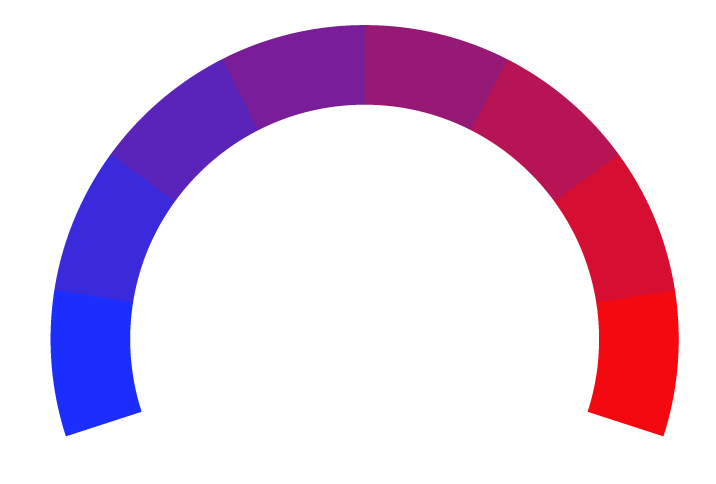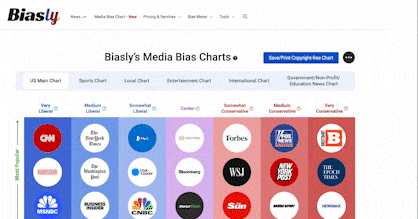Ruth Bader Ginsburg's policy leaning on criminal justice was predominantly liberal, characterized by her strong advocacy for the rights of defendants and a commitment to fair trial standards. She often sided with the more liberal justices, emphasizing the importance of protecting individual rights against government overreach. Ginsburg's gradualist approach allowed her to navigate complex issues, such as capital punishment and sentencing reforms, while prioritizing procedural fairness and the rights of the accused. Her legacy reflects a dedication to ensuring justice and equality within the criminal justice system, positioning her firmly on the liberal side of the spectrum.
Source: Columbia Law Review Ruth Bader Ginsburg's approach to economic issues was nuanced and did not fit neatly into traditional liberal or conservative categories. While she was known for her progressive stances on gender equality and civil rights, Ginsburg often deployed classically conservative legal reasoning, such as emphasizing judicial restraint, federalism, and procedural principles, even when ruling in favor of liberal causes. She was critical of the Supreme Court's landmark Roe v. Wade decision, preferring to ground abortion rights in the Equal Protection Clause rather than the Due Process Clause. Overall, Ginsburg's economic views can be characterized as Somewhat Right.
Source: engage tu Ruth Bader Ginsburg's policy leaning on education was predominantly liberal, as she championed equal access to education and fought against discrimination in educational settings. Her opinions often emphasized the importance of integrating schools and ensuring that educational opportunities were available to all, regardless of gender or race. Ginsburg's landmark ruling in United States v. Virginia highlighted her commitment to gender equity in education, reinforcing the idea that educational institutions should not exclude individuals based on sex. Overall, her stance reflects a strong advocacy for equity and inclusion in education.
Source: American Progress Ruth Bader Ginsburg's policy leaning on energy was predominantly liberal, as she consistently supported environmental protections and the authority of the Environmental Protection Agency (EPA) to regulate greenhouse gases. Her votes in landmark cases, such as Massachusetts v. EPA, affirmed the government's role in addressing climate change, reflecting her commitment to environmental justice. Ginsburg's judicial philosophy emphasized the importance of protecting public health and the environment, often siding with the more progressive justices on energy-related issues. Overall, her stance on energy policy can be characterized as Very Left.
Source: Supreme Justia Ruth Bader Ginsburg's stance on government dependency can be characterized as liberal, as she advocated for policies that support vulnerable populations while emphasizing the importance of social safety nets. Ginsburg recognized that government assistance is crucial for those in need, particularly in areas like healthcare and education, and believed that such support should not be stigmatized. Her judicial philosophy often reflected a commitment to ensuring that government programs effectively address inequality and provide necessary resources for individuals to thrive. Overall, Ginsburg's approach suggests a belief in the positive role of government in reducing dependency through supportive measures.
Source: Columbia Law Review Ruth Bader Ginsburg's approach to healthcare issues was nuanced and did not fit neatly into traditional liberal or conservative categories. While she was known for her progressive stances on gender equality and civil rights, Ginsburg often deployed classically conservative legal reasoning, such as emphasizing judicial restraint and procedural principles, even when ruling in favor of liberal causes. She was a stalwart supporter of access to abortion and reproductive healthcare services for women, and was part of the Supreme Court majority that upheld the Affordable Care Act. Overall, Ginsburg's healthcare views can be characterized as Somewhat Left.
Source: drexel edu Ruth Bader Ginsburg's policy leaning on immigration was predominantly liberal, as she consistently advocated for the rights of immigrants and opposed discriminatory practices. Her rulings, such as supporting the DACA program and opposing Arizona's "papers, please" law, reflect her commitment to protecting immigrant rights and promoting inclusivity. Ginsburg's personal background as a child of immigrants further informed her perspective, emphasizing the importance of family reunification and equal treatment under the law. Overall, her stance on immigration was characterized by a strong advocacy for justice and equality.
Source: American Immigration Council Ruth Bader Ginsburg's stance on national security was generally aligned with liberal principles, emphasizing civil liberties and equal protection under the law. She often challenged discriminatory practices within military policies, advocating for gender equality and the rights of service members. Ginsburg's judicial philosophy reflected a commitment to ensuring that national security measures did not infringe upon individual rights, particularly in cases involving discrimination based on sex. Her approach was characterized by a belief in balancing national security interests with the protection of civil liberties, positioning her firmly on the liberal side of the spectrum regarding national security issues.
Source: War on the Rocks Ruth Bader Ginsburg's stance on reducing the budget deficit is not explicitly detailed in the available contexts. However, her judicial philosophy emphasized social justice and equality, suggesting she may have supported policies that prioritize social spending to address inequality, rather than strict austerity measures. Ginsburg's focus on civil rights and access to essential services indicates a preference for balancing fiscal responsibility with the need for social programs. Overall, her approach to budget deficits can be characterized as leaning towards Somewhat Left, advocating for a balance between economic prudence and social equity.
Source: Law UNH Ruth Bader Ginsburg's stance on the war on drugs was generally liberal, as she often emphasized the need for a more compassionate and equitable approach to drug-related offenses. She supported rulings that recognized the limitations of government power in regulating personal drug use, particularly in cases involving marijuana. Ginsburg's opinions reflected a belief in addressing drug addiction as a public health issue rather than solely a criminal justice matter. Her advocacy for fair sentencing practices, especially regarding crack cocaine, further illustrates her commitment to reforming punitive drug policies.
Source: Observer
| 


























